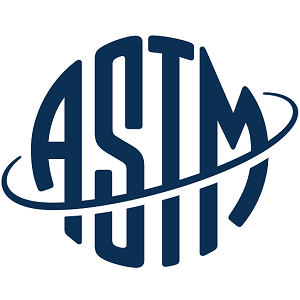


| Standard Number | ASTM E2859-11(2017) |
|---|---|
| Organization |
American Society for Testing and Materials
|
| Level | National |
| Category | Guide | Practice |
| Status |
|
1.1 The purpose of this document is to provide guidance on the quantitative application of atomic force microscopy (AFM) to determine the size of nanoparticles2 deposited in dry form on flat substrates using height (z-displacement) measurement. Unlike electron microscopy, which provides a two-dimensional projection or a two-dimensional image of a sample, AFM provides a three-dimensional surface profile. While the lateral dimensions are influenced by the shape of the probe, displacement measurements can provide the height of nanoparticles with a high degree of accuracy and precision. If the particles are assumed to be spherical, the height measurement corresponds to the diameter of the particle. In this guide, procedures are described for dispersing gold nanoparticles on various surfaces such that they are suitable for imaging and height measurement via intermittent contact mode AFM. Generic procedures for AFM calibration and operation to make such measurements are then discussed. Finally, procedures for data analysis and reporting are addressed. The nanoparticles used to exemplify these procedures are National Institute of Standards and Technology (NIST) reference materials containing citrate-stabilized negatively charged gold nanoparticles in an aqueous solution.
1.2 The values stated in SI units are to be regarded as standard. No other units of measurement are included in this standard.
1.3 This standard does not purport to address all of the safety concerns, if any, associated with its use. It is the responsibility of the user of this standard to establish appropriate safety and health practices and determine the applicability of regulatory limitations prior to use.
1.4 This international standard was developed in accordance with internationally recognized principles on standardization established in the Decision on Principles for the Development of International Standards, Guides and Recommendations issued by the World Trade Organization Technical Barriers to Trade (TBT) Committee.
